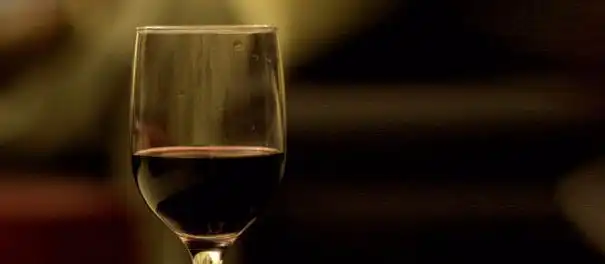Interview
How To Develop A Wine List
July 11, 2017
Advice From Charlie Bird’s Sommelier
In part two of our interview with Charlie Bird’s wine pro Brandon Borcoman, we dive deeper into how the wine list at the restaurant comes together, and how it fits into the bigger picture of what the operation offers its guests. (See part one, with Borcoman’s summer wine tips, here.)
Tell me a bit about your role at Charlie Bird.
I actually started here as a bartender and worked my way up. Cocktails had originally grabbed my attention, but slowly, I began to see the nuance in wine and find it more interesting. I suppose I’m head sommelier, but we really don’t use titles like that here. My focus is understanding what new selections should be made, keeping our systems tight, and maintaining our list in a coherent and progressive direction.

Photo via The Infatuation.
How do you approach the wine list at Charlie Bird?
There is definitely a focus on the classics, with an emphasis on wines from Burgundy. Specifically the leaner, more acid-driven producers and varieties. Once you establish that platform, there’s lots of ways to branch out. We recognize, for example, that this producer might be the neighbor of that producer. Sometimes one wine is made adjacent to another vineyard, so you’re working with virtually the same terroir, and maybe the winemakers consult with each other. You realize these relationships, and you keep building. Classicism is always something we try to stick with, though we don’t rub it in your face.

Charlie Bird's interior.
There’s a real energy in the room at Charlie Bird. As a guest, the atmosphere feels playful, but also like you’re treating yourself. That balance feels effortless, though there must be a lot of work that goes on behind the scenes to pull it off.
I think magic is the right word because that’s what everyone tries to cultivate. It’s all about the atmosphere at the end of the day. You can go and eat the finest food you’ve ever had, but if the atmosphere is non-existent, then are you really going to go back to that place? Hopefully, the wine, food, music, ambiance, and even the Zalto glassware all help create a conversation. Ideally, it just happens without us needing to explicitly start it, from one or all of those elements taken together.
Your list at Charlie Bird is nicely focused, but the way it’s listed has some randomness—are you trying to encourage guests to stumble upon something?
Yes, that’s right. The wine list is structured mainly geographically and then there is room to move from there. For example, if you look at Burgundy, you start at the very top in Chablis, and you end in Mâcon. This can help the guest understand the progression on their own. This hopefully starts a conversation as well. At this point maybe the guest still doesn’t know where they’re gonna go yet— but they may know the range they want to exist in. That’s a good place to start the conversation, and we’re very glad to help them with the rest.

Wine served at Charlie Bird.
Why the emphasis on Burgundy?
I think originally it comes from one of the owner’s personal affinities for that region. Also, perhaps, in the past, when Bordeaux was very much still dominant and ubiquitous in restaurants, Burgundy was sort of the rebel child, because a lot of people would say it’s a thin wine, or it lacks the kind of bombastic structure and flavor profile of Bordeaux. Today we stay true to it because they’re the wines we like to drink. I think that’s the most important thing. You need to be able to sit at your own restaurant and eat your own food, drink your own wine, and be happy with it.
How do you thread the needle of opening people’s mind to something new, while still being responsive to what sells?
Take rosé, for example. Three’s a good number to offer because you have one that might be the least expensive but still delicious, and if people just want to pound it, they can—it’s still going to be a great wine. Then you have a middle selection that’s still awesome, like in our case one from the Loire made with cabernet franc grapes, which is still very lean and focused. Then you have a third that’s the biggest, baller rosé, I guess you could say, for people who want to enjoy it in a different way.
At the end of the day, I believe wine’s role in a restaurant is to be drunk, not locked away like an artifact in a museum. At Charlie Bird, it’s meant to be enjoyed, not only with good company, but with hip-hop, and hopefully with some roast chicken in there somewhere, too.
Recommended

Community
The Best Summer Wines To Add To Your List
June 6, 2017
3 picks from the pros at Charlie Bird in NYC

Interview
Q&A with Chef Chris Scott and Eugenie Woo of Butterfunk Kitchen
January 18, 2018
How appearing on Bravo’s Top Chef has impacted their restaurant, their website and more


